Home>Technology>Smart Home Devices>What Type Of Printer Is Used For Sublimation
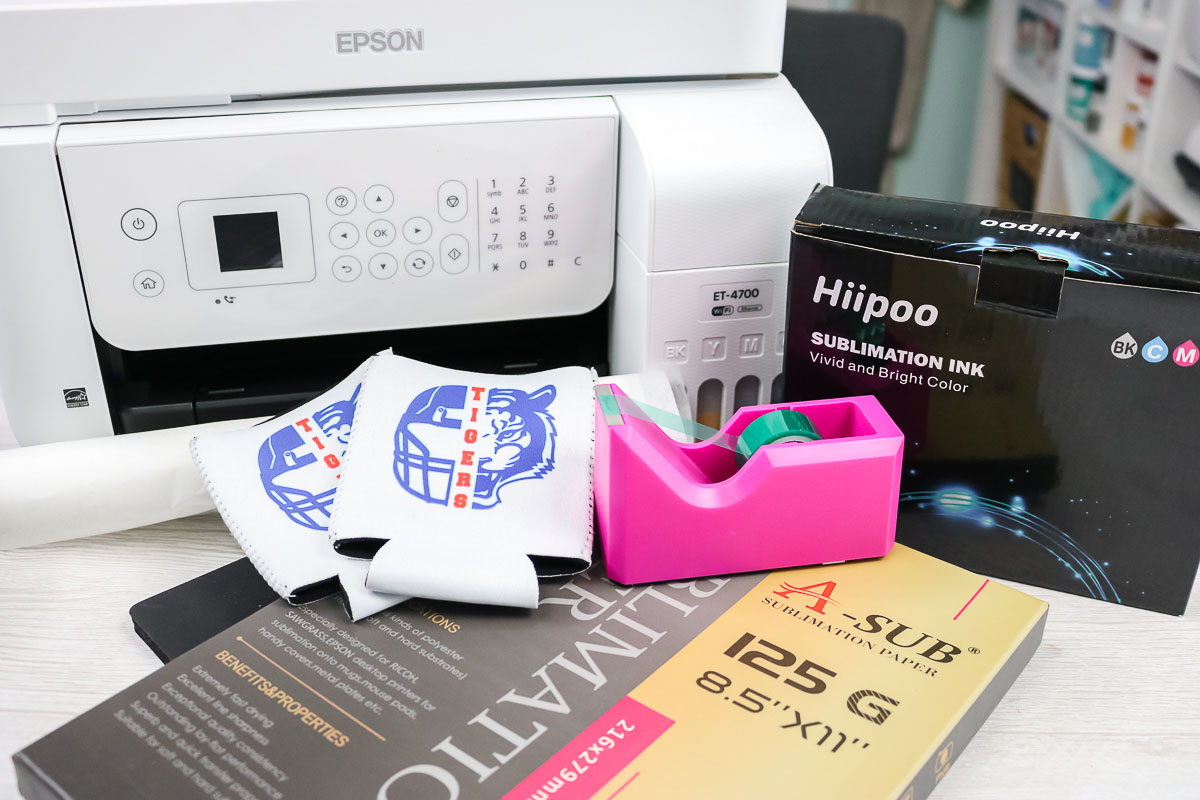

Smart Home Devices
What Type Of Printer Is Used For Sublimation
Modified: February 18, 2024
Discover the best smart home devices for sublimation printing. Find out which type of printer is ideal for creating high-quality sublimation prints at home. Explore our top recommendations now!
(Many of the links in this article redirect to a specific reviewed product. Your purchase of these products through affiliate links helps to generate commission for Storables.com, at no extra cost. Learn more)
**
Introduction
**
Welcome to the world of sublimation printing, where creativity meets technology to produce stunning and vibrant designs on various substrates. Sublimation printing has gained immense popularity for its ability to transfer high-quality, durable images onto items such as apparel, mugs, and personalized gifts. To achieve these impressive results, the type of printer used for sublimation plays a crucial role. In this comprehensive guide, we will delve into the nuances of sublimation printing and explore the different types of printers used in this innovative process. Whether you are a seasoned printing professional or a curious enthusiast, this article aims to demystify the world of sublimation printers and equip you with the knowledge to make informed decisions for your printing endeavors. Let's embark on this exciting journey into the realm of sublimation printing and discover the key elements that make it a game-changer in the world of personalized and custom-printed products.
Now, let's dive into the intricacies of sublimation printing and unravel the magic behind this fascinating technology.
**
Key Takeaways:
- Sublimation printing uses heat to transfer ink onto substrates, creating vibrant, durable images. Desktop printers are great for small-scale projects, while wide-format printers are ideal for larger-scale production.
- When choosing a sublimation printer, consider factors like printing volume, print size, color accuracy, ink system, software, and cost. This ensures you select the right printer for your specific needs and goals.
Read more: What Printer Can Be Used For Sublimation
Understanding Sublimation Printing
**
Sublimation printing is a unique digital printing method that involves the transfer of ink onto a substrate using heat. Unlike traditional printing techniques that rely on liquid ink that dries on the surface, sublimation printing utilizes special sublimation inks that, when heated, transform into a gas without passing through the liquid state. This process allows the ink to permeate the surface of the substrate, resulting in vivid, long-lasting images with exceptional durability.
The key to successful sublimation printing lies in the sublimation process itself. When the sublimation inks are heated to a specific temperature, they undergo a phase transition, turning from a solid directly into a gas. This gas then permeates the fibers of the substrate and solidifies, creating a permanent bond with the material. As a result, the printed image becomes an integral part of the substrate, ensuring that it will not crack, fade, or wash away over time.
Sublimation printing is particularly well-suited for polyester and polymer-coated substrates, as these materials have a receptive polymer surface that allows the ink to bond effectively. Common items that are ideal for sublimation printing include polyester apparel, ceramic mugs, aluminum panels, phone cases, and other polymer-coated products.
One of the most compelling aspects of sublimation printing is its ability to produce full-color, photographic-quality images with intricate details and vibrant hues. This makes it a preferred choice for creating personalized gifts, promotional products, and custom designs that demand high-quality, durable graphics.
Now that we have gained a deeper understanding of the sublimation printing process, let’s explore the different types of printers that are used to achieve these remarkable results.
**
Types of Printers Used for Sublimation
**
When it comes to sublimation printing, the choice of printer is a critical factor that directly impacts the quality and efficiency of the printing process. There are two primary types of printers commonly used for sublimation printing: desktop sublimation printers and wide-format sublimation printers.
Desktop Sublimation Printers:
Desktop sublimation printers are compact, user-friendly printers designed for small to medium-scale sublimation printing applications. These printers are equipped with specialized sublimation inks and are capable of producing high-resolution prints on various substrates, including polyester fabrics, ceramic tiles, and other polymer-coated items. Desktop sublimation printers are popular choices for individuals, small businesses, and hobbyists looking to create personalized products such as custom apparel, mugs, and accessories.
Wide-Format Sublimation Printers:
Wide-format sublimation printers are designed for larger-scale printing tasks, offering enhanced printing widths to accommodate sizable substrates. These professional-grade printers are well-suited for high-volume production and are commonly used in commercial printing facilities, textile industry, and large-scale customization businesses. Wide-format sublimation printers provide superior color accuracy, speed, and versatility, making them ideal for producing large-format graphics, signage, banners, and custom fabric designs.
Both desktop and wide-format sublimation printers utilize specialized sublimation inks that are formulated to deliver vibrant, long-lasting colors when subjected to heat and pressure. The choice between these two types of printers depends on the specific printing requirements, production volume, and the size of the substrates to be printed.
Now that we have explored the different types of printers used for sublimation, let’s delve into the factors to consider when choosing the right sublimation printer for your printing needs.
**
When choosing a printer for sublimation, look for a specialized dye-sublimation printer. These printers are designed to work with sublimation inks and can produce high-quality, vibrant prints on sublimation transfer paper.
Choosing the Right Sublimation Printer
**
When selecting a sublimation printer, several key factors should be taken into consideration to ensure that it meets your specific printing requirements and delivers the desired results. Whether you are aiming to start a small sublimation printing business, expand your existing capabilities, or pursue personal creative projects, the following considerations will guide you in choosing the right sublimation printer:
Printing Volume:
Determine the volume of printing you anticipate on a regular basis. For low to moderate printing volumes, a desktop sublimation printer may be sufficient, while high-volume production may necessitate a wide-format sublimation printer to meet the demand efficiently.
Print Size:
Consider the size of the substrates you intend to print on. If you are primarily focusing on small to medium-sized items such as mugs, phone cases, and apparel, a desktop sublimation printer with standard printing dimensions may suffice. However, if you plan to print larger graphics, banners, or fabric panels, a wide-format sublimation printer with extended printing widths would be more suitable.
Color Accuracy and Resolution:
Assess the color accuracy and resolution capabilities of the sublimation printer. Look for printers that offer high-resolution printing and precise color reproduction to ensure that your designs are rendered with exceptional clarity and vibrancy.
Ink System and Compatibility:
Verify the type of ink system used by the sublimation printer and ensure its compatibility with the substrates you intend to print on. Additionally, consider the availability of compatible sublimation inks and the ease of ink replacement and maintenance.
Software and Connectivity:
Evaluate the software compatibility and connectivity options offered by the sublimation printer. Look for printers that are compatible with popular design software and offer versatile connectivity options, including USB, Wi-Fi, and mobile printing capabilities.
Cost and Return on Investment:
Weigh the initial investment cost of the printer against its long-term benefits and potential return on investment. Consider the overall cost of ownership, including consumables, maintenance, and the potential for expanding your printing capabilities as your business grows.
By carefully considering these factors and assessing your specific printing needs, you can make an informed decision when choosing the right sublimation printer that aligns with your goals and production requirements.
With a clear understanding of the considerations involved in selecting a sublimation printer, you are well-equipped to embark on your sublimation printing journey with confidence and precision.
**
Conclusion
**
As we conclude our exploration of sublimation printing and the types of printers used in this innovative process, it becomes evident that sublimation printing offers a compelling blend of precision, durability, and vibrant color reproduction. Whether you are venturing into the world of personalized merchandise, promotional products, or large-format graphics, sublimation printing presents a versatile and dynamic solution for bringing your designs to life.
The versatility of sublimation printing extends beyond traditional paper-based prints, allowing for the creation of custom apparel, accessories, and personalized gifts that resonate with individual preferences and brand identities. The seamless integration of high-resolution graphics and vivid colors onto a diverse range of substrates has positioned sublimation printing as a preferred choice for businesses, entrepreneurs, and creative enthusiasts seeking to make a lasting impression through their printed products.
With an array of sublimation printers available, ranging from compact desktop models to wide-format industrial printers, the scalability and adaptability of sublimation printing cater to a broad spectrum of printing needs. Whether you are embarking on a small-scale venture or managing large-scale production, the right sublimation printer can empower you to achieve exceptional results with efficiency and precision.
As technology continues to advance, the realm of sublimation printing evolves, offering enhanced capabilities, improved ink formulations, and expanded substrate compatibility. This continuous progression underscores the dynamic nature of sublimation printing and its potential to inspire creativity and innovation in various industries.
In conclusion, sublimation printing, coupled with the appropriate sublimation printer, presents a compelling avenue for expressing creativity, delivering personalized experiences, and elevating the visual impact of printed products. By understanding the nuances of sublimation printing and selecting the right printer to suit your specific requirements, you can embark on a journey of limitless possibilities, where your designs are brought to life with unparalleled precision and vibrancy.
As you venture into the realm of sublimation printing, may your creative endeavors be infused with the boundless potential that this captivating printing process offers, enabling you to craft exceptional designs and memorable experiences through the art of sublimation printing.
Frequently Asked Questions about What Type Of Printer Is Used For Sublimation
Was this page helpful?
At Storables.com, we guarantee accurate and reliable information. Our content, validated by Expert Board Contributors, is crafted following stringent Editorial Policies. We're committed to providing you with well-researched, expert-backed insights for all your informational needs.
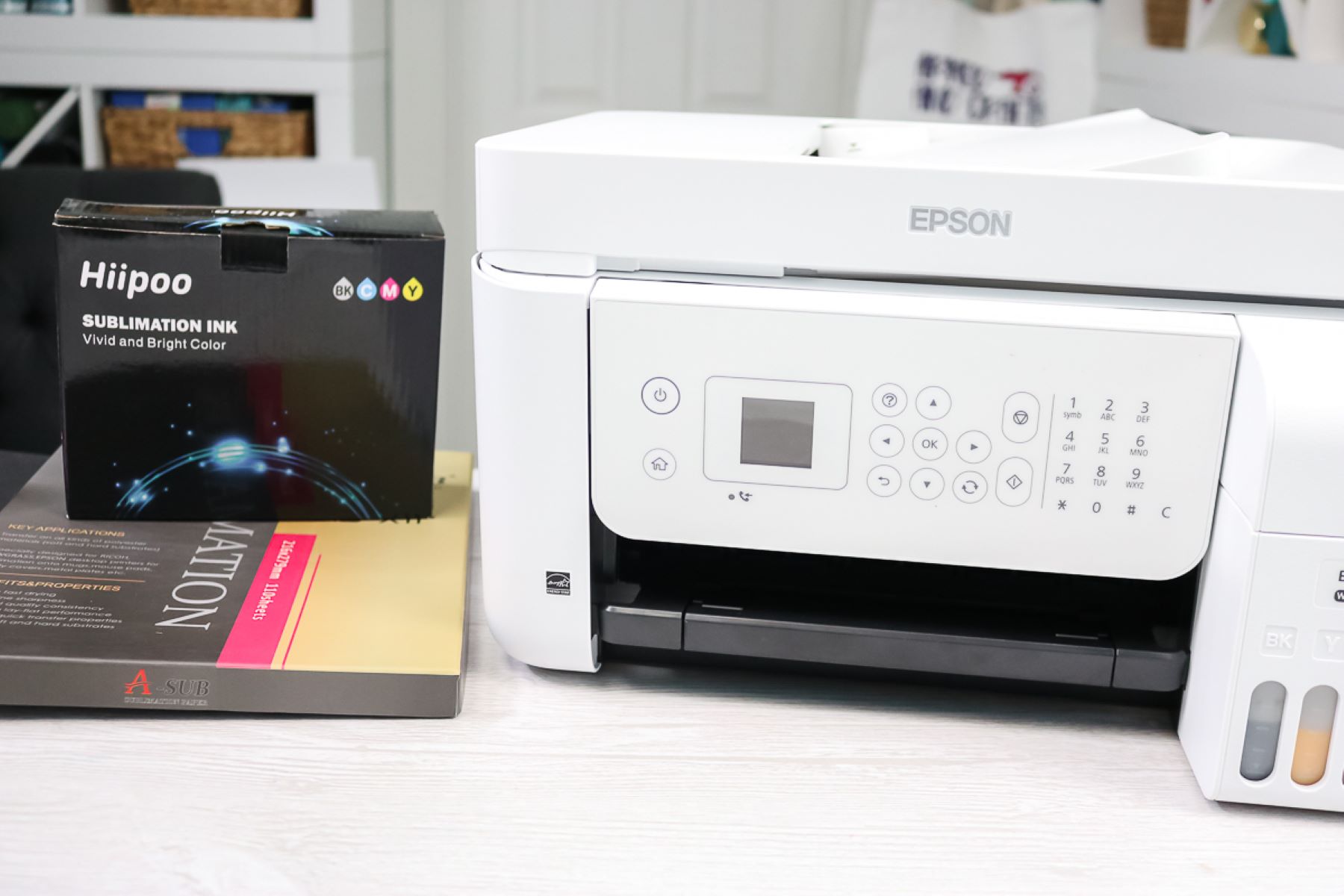
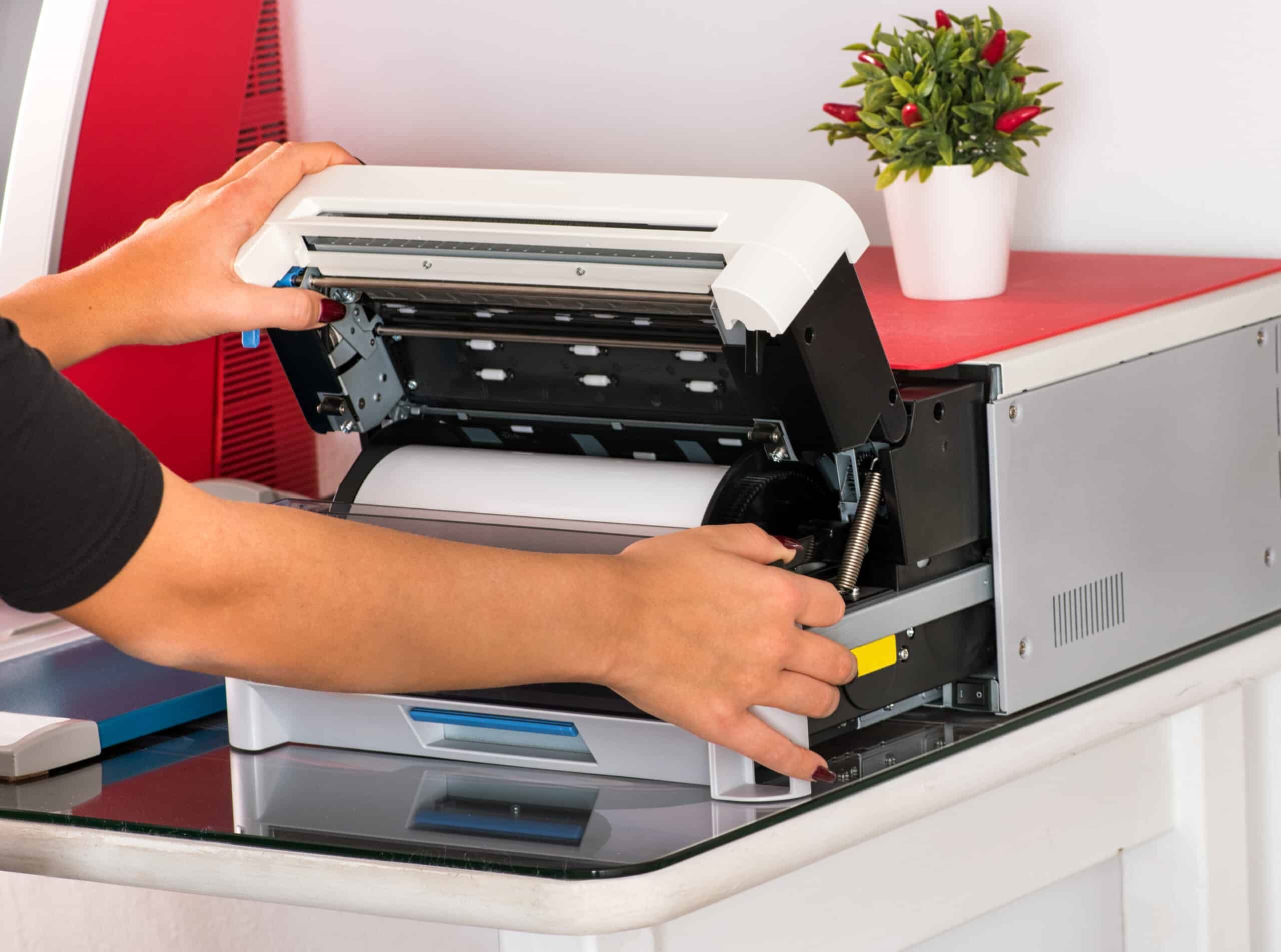
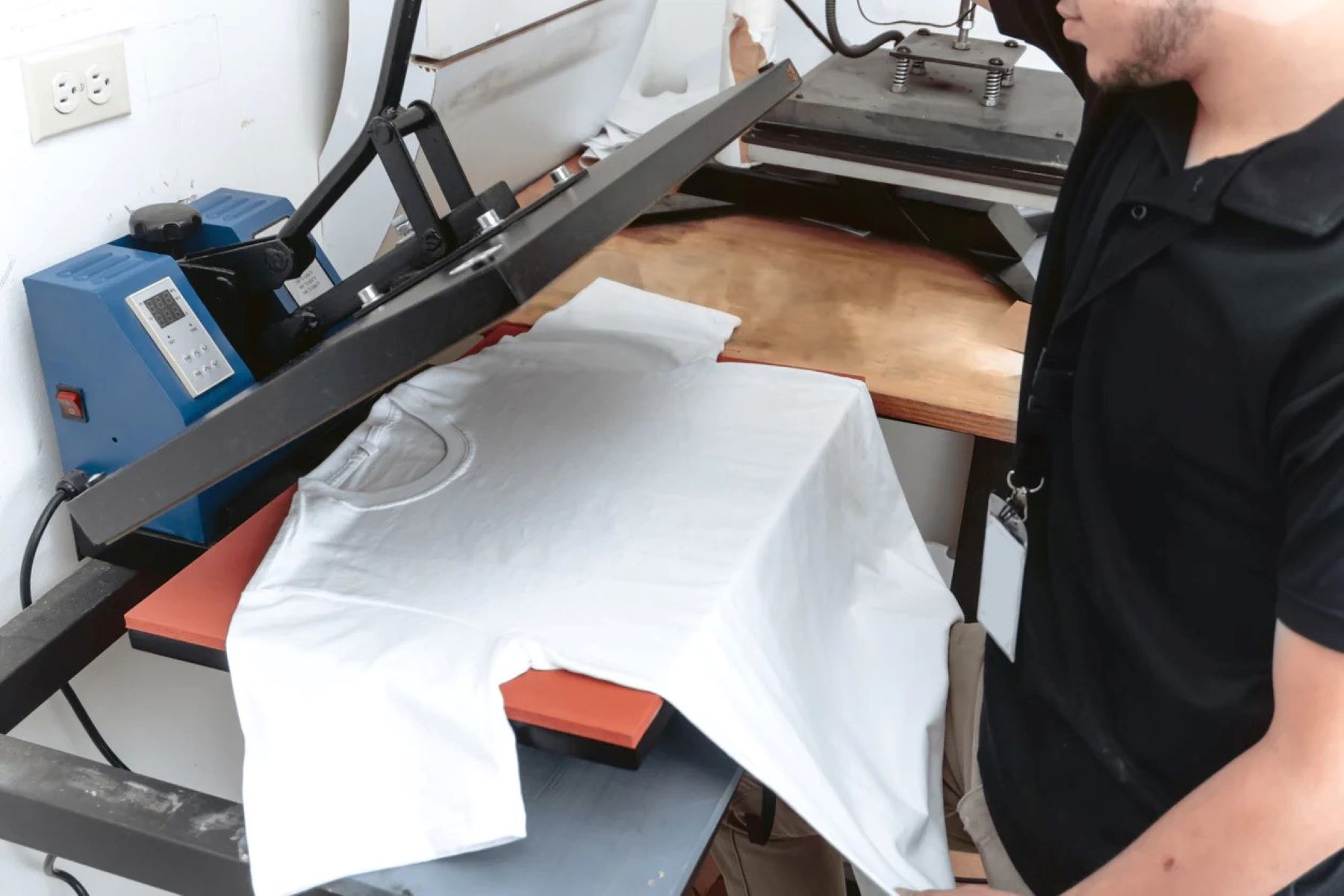
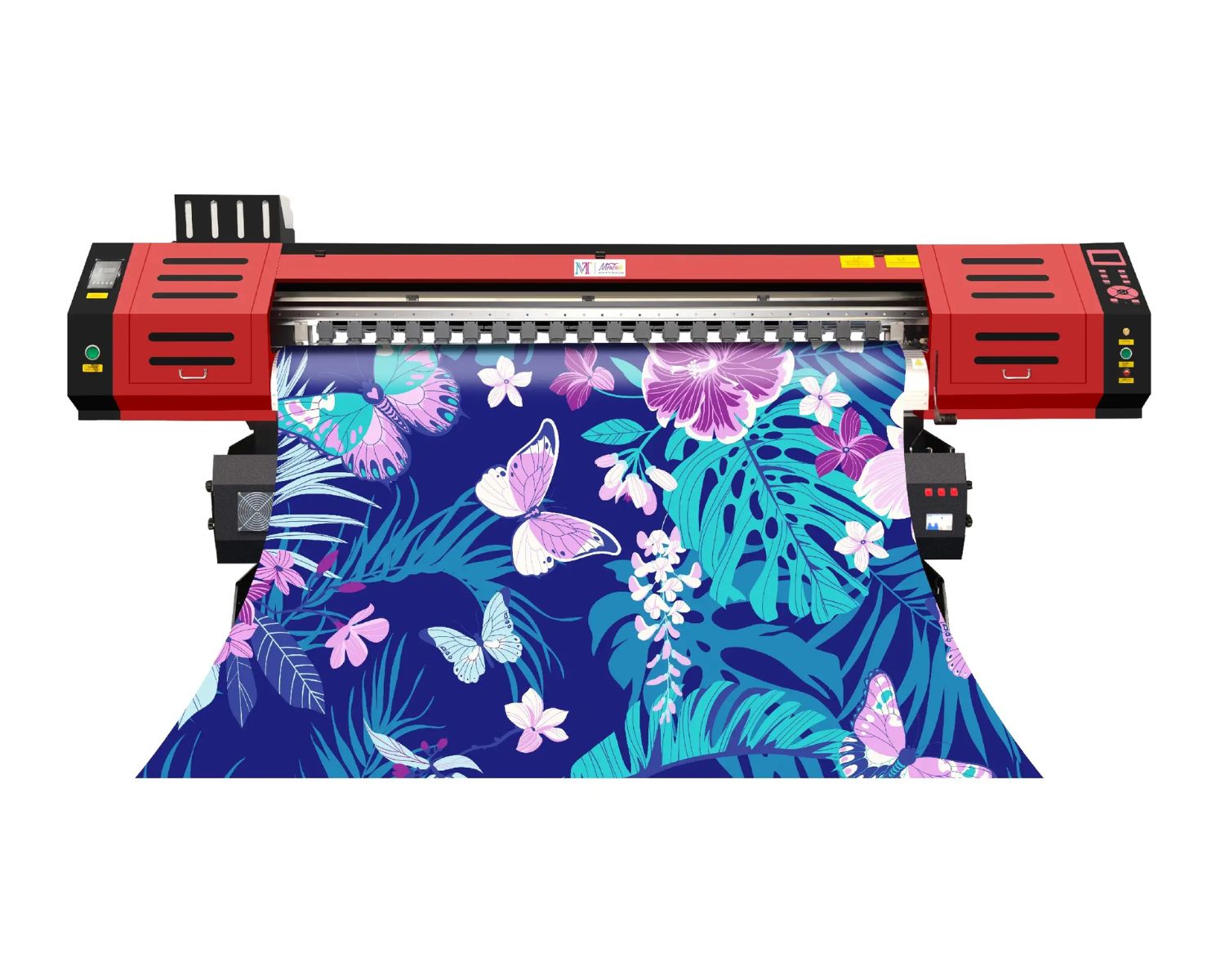
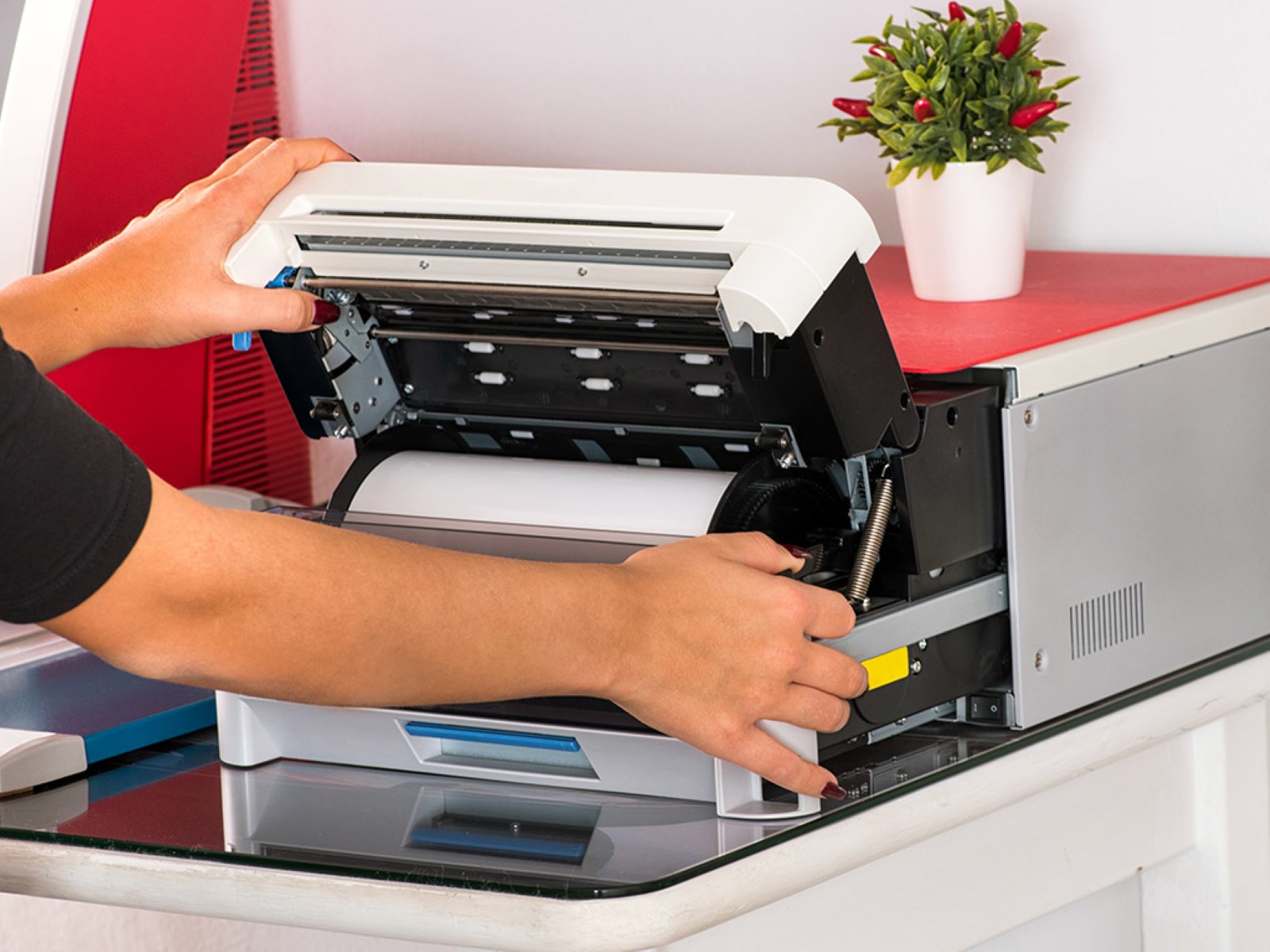
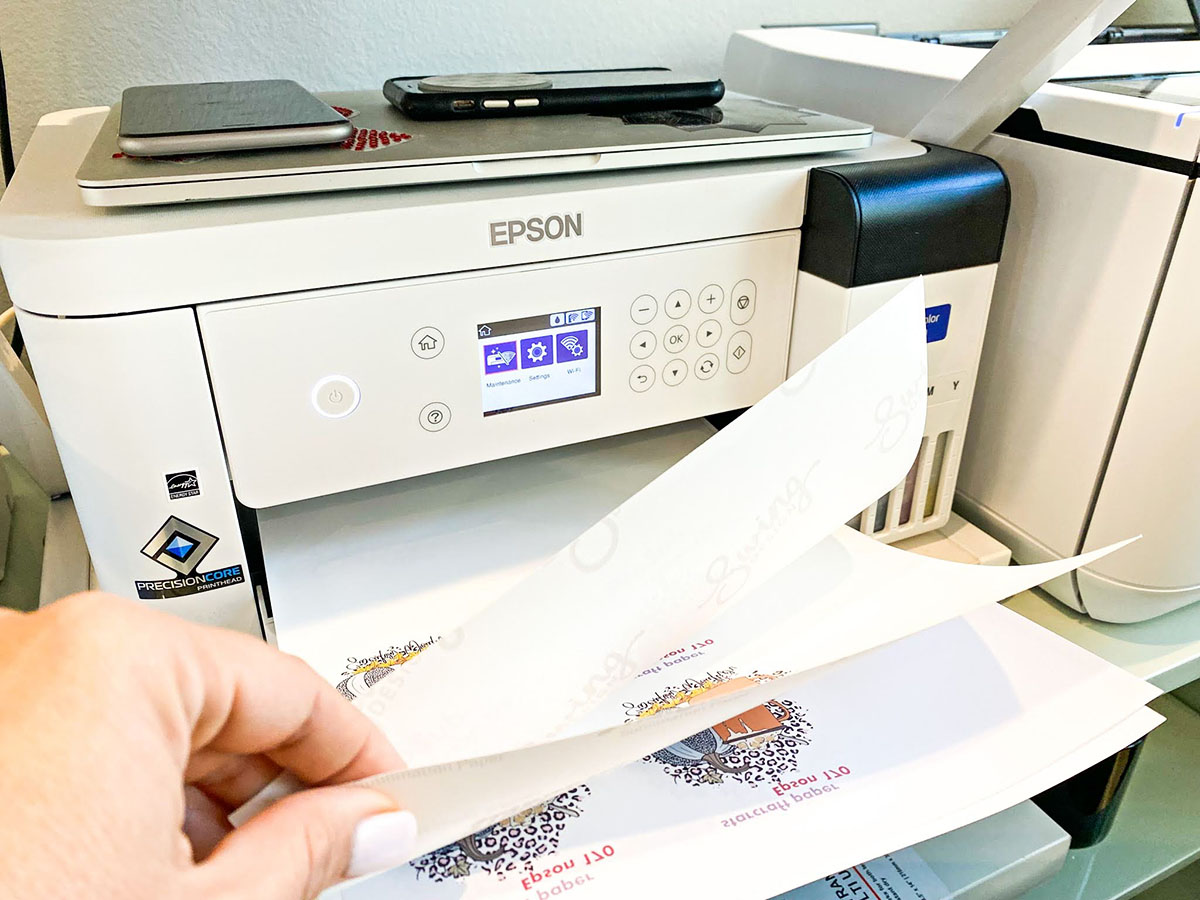
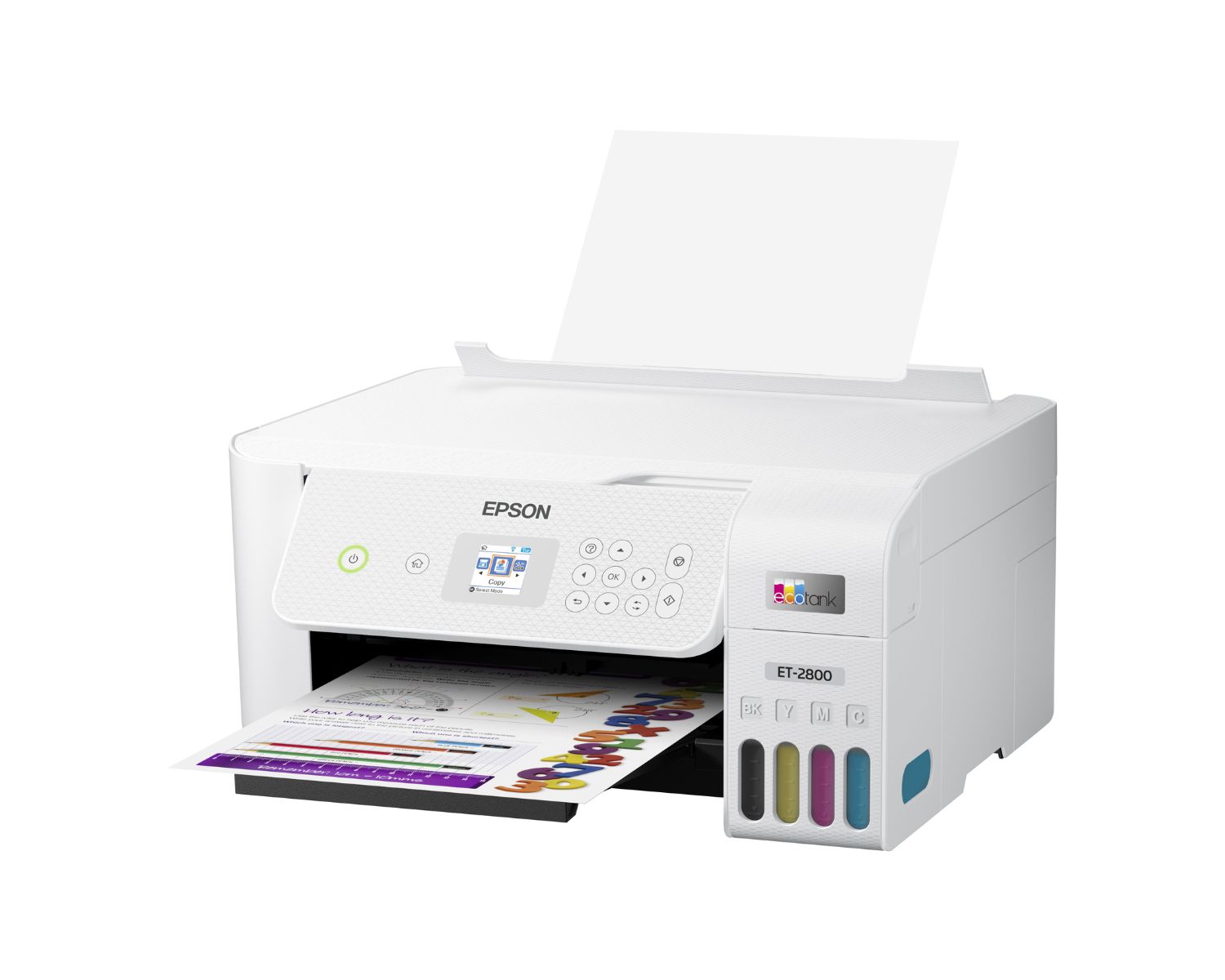
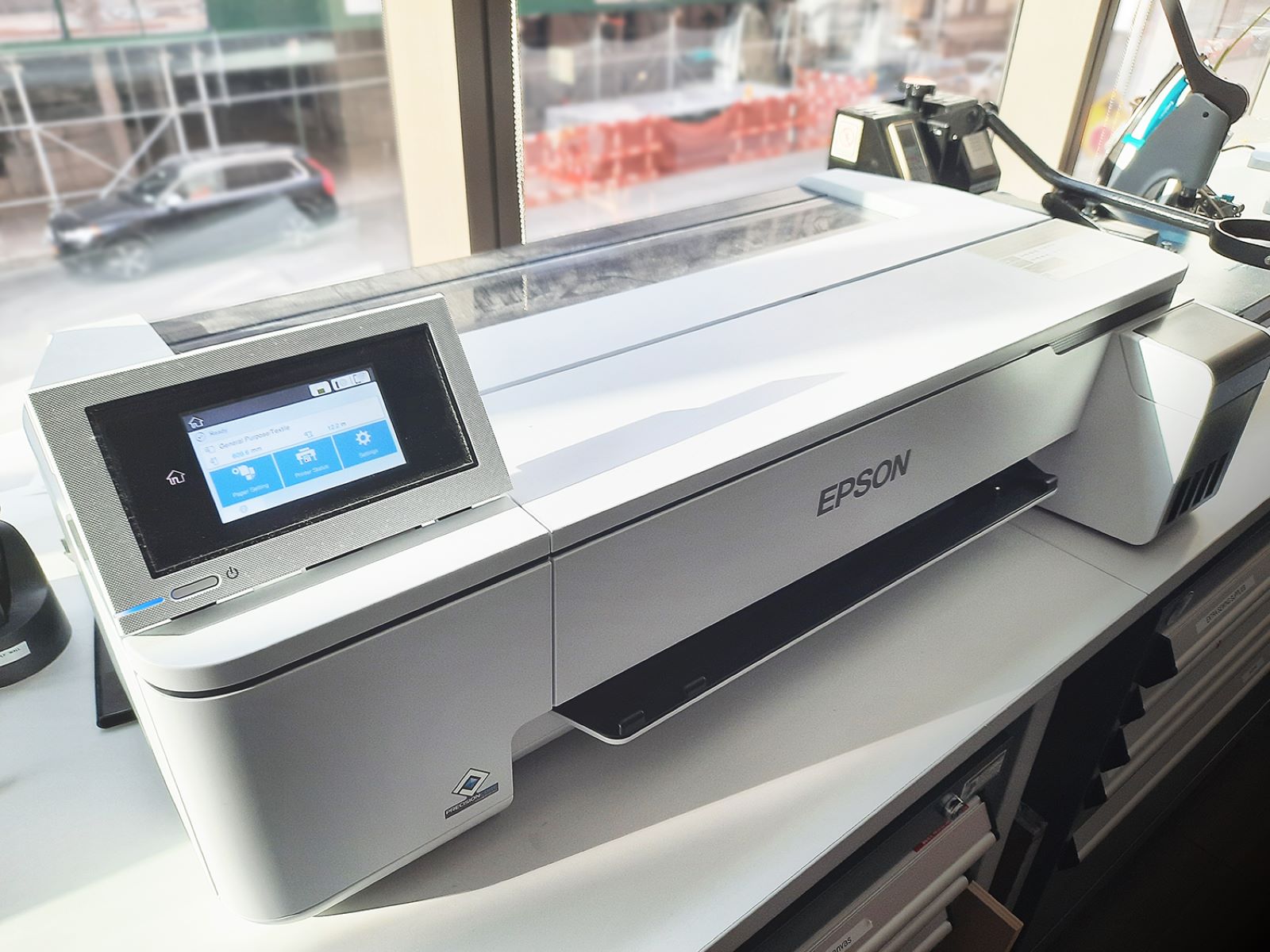
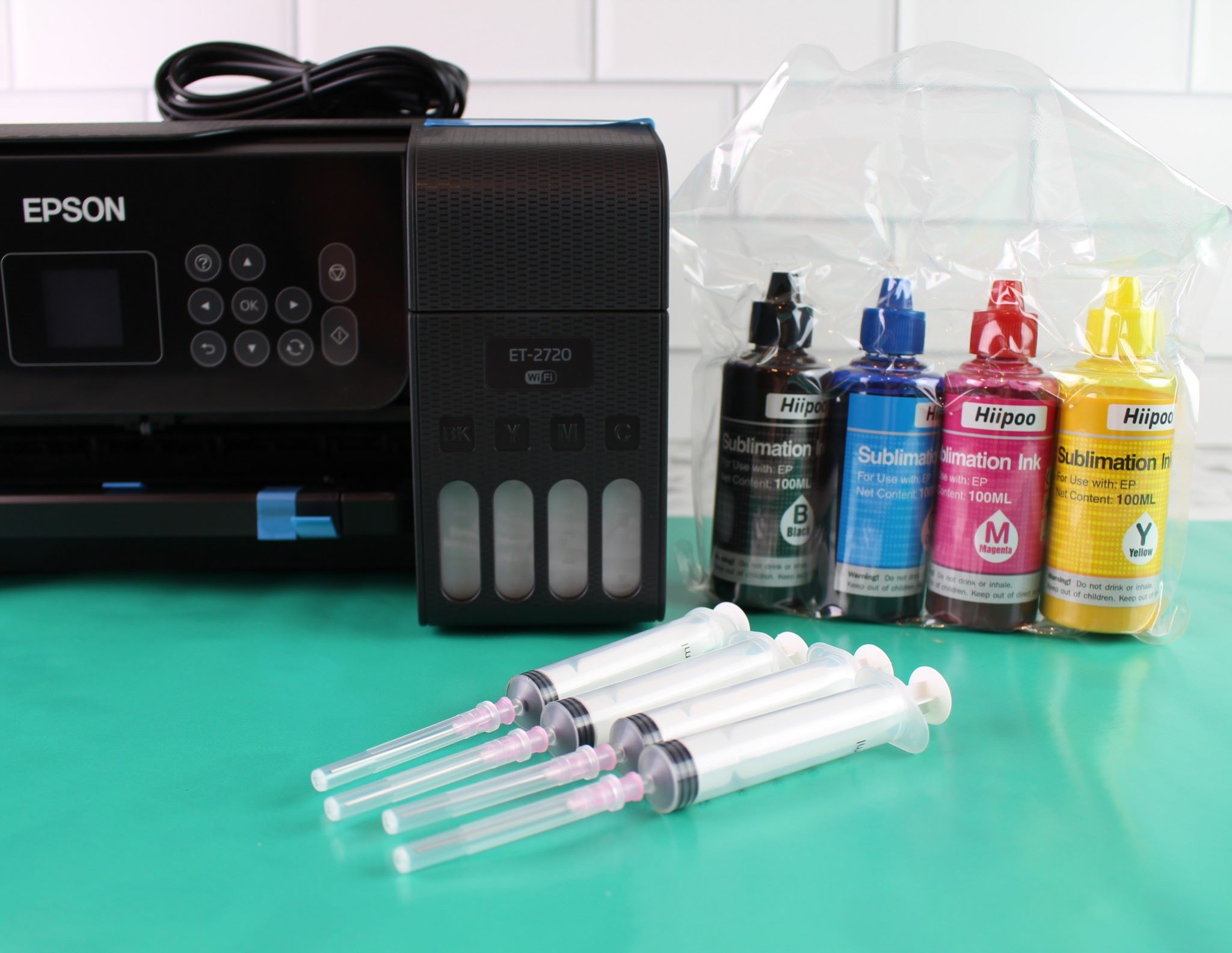

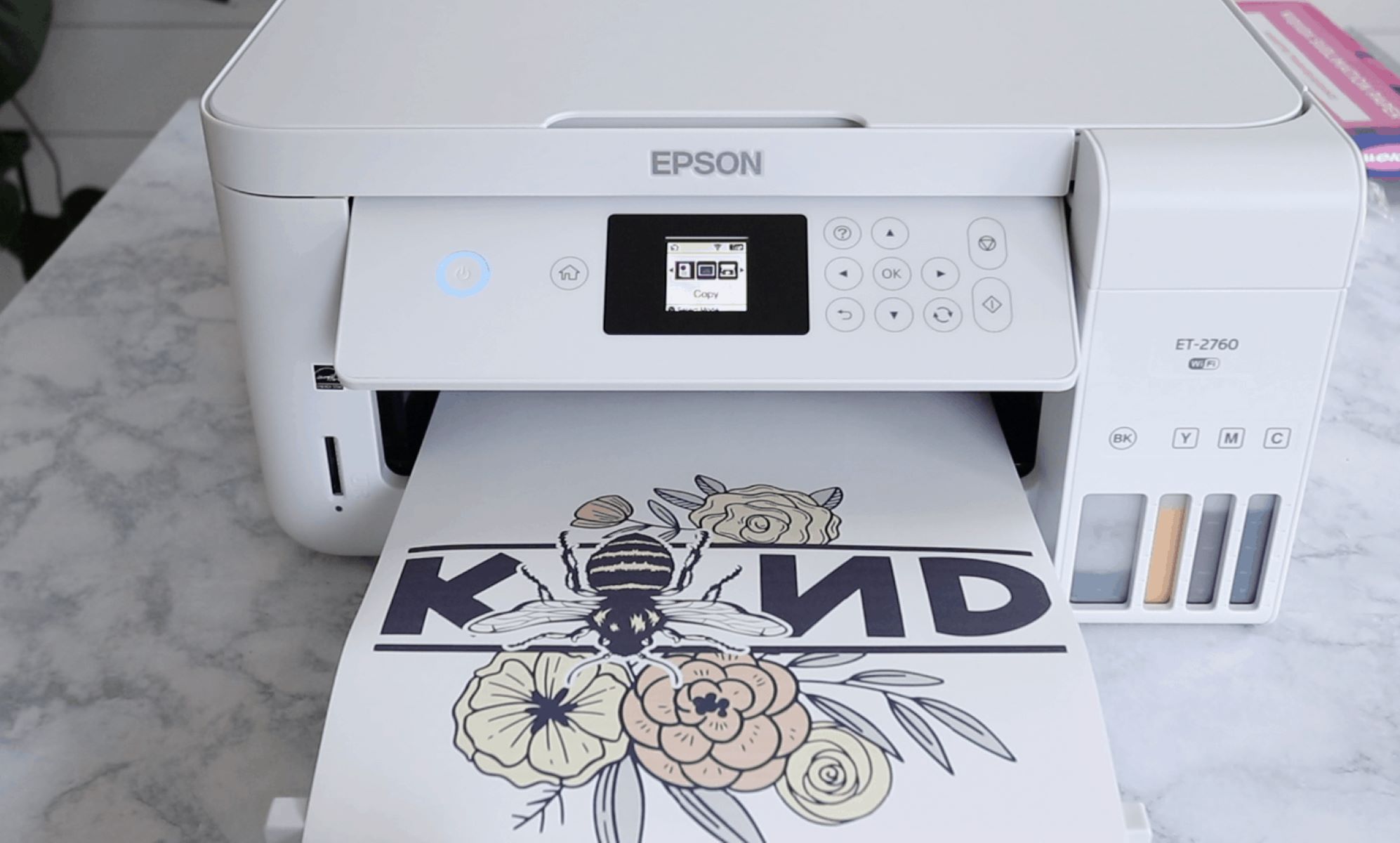
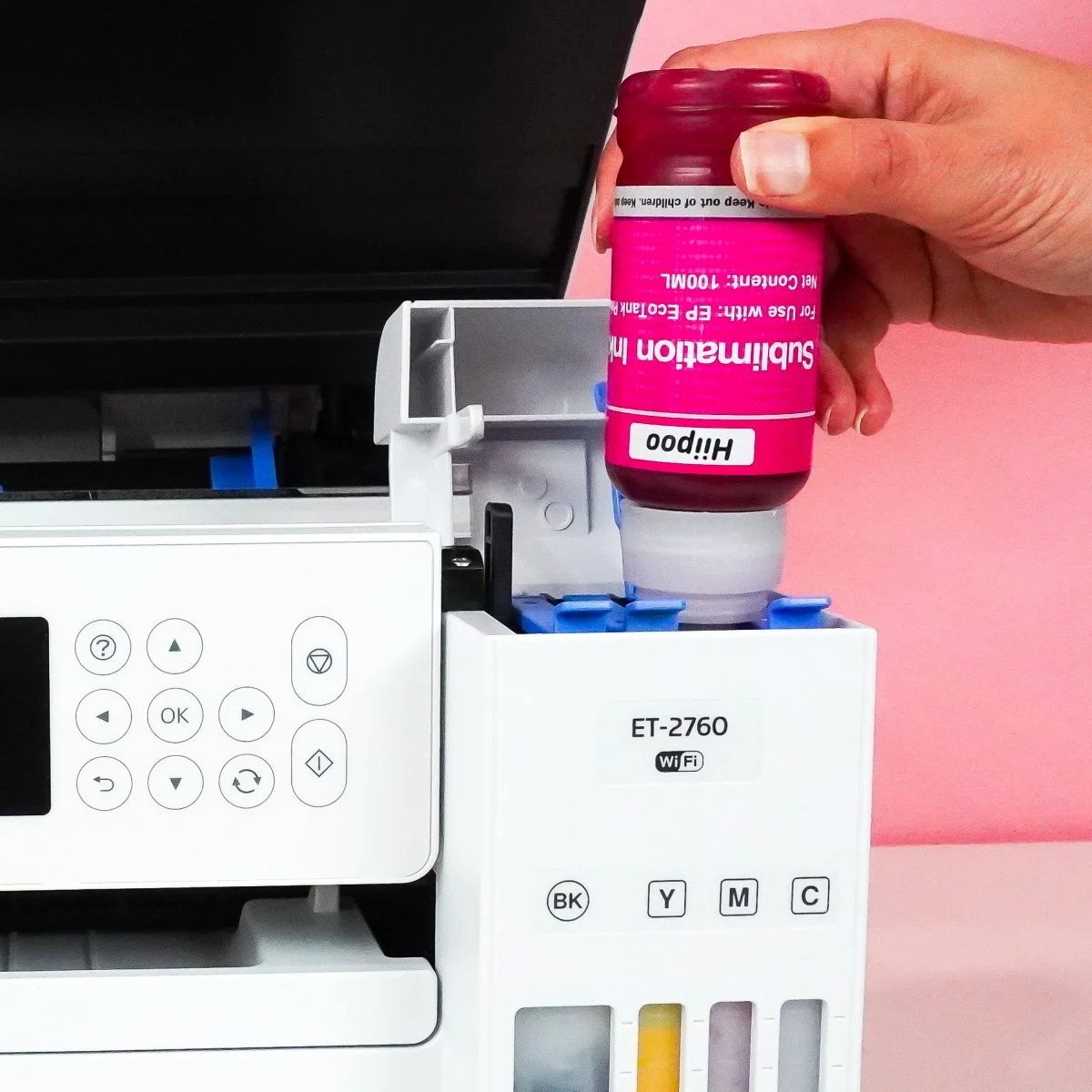
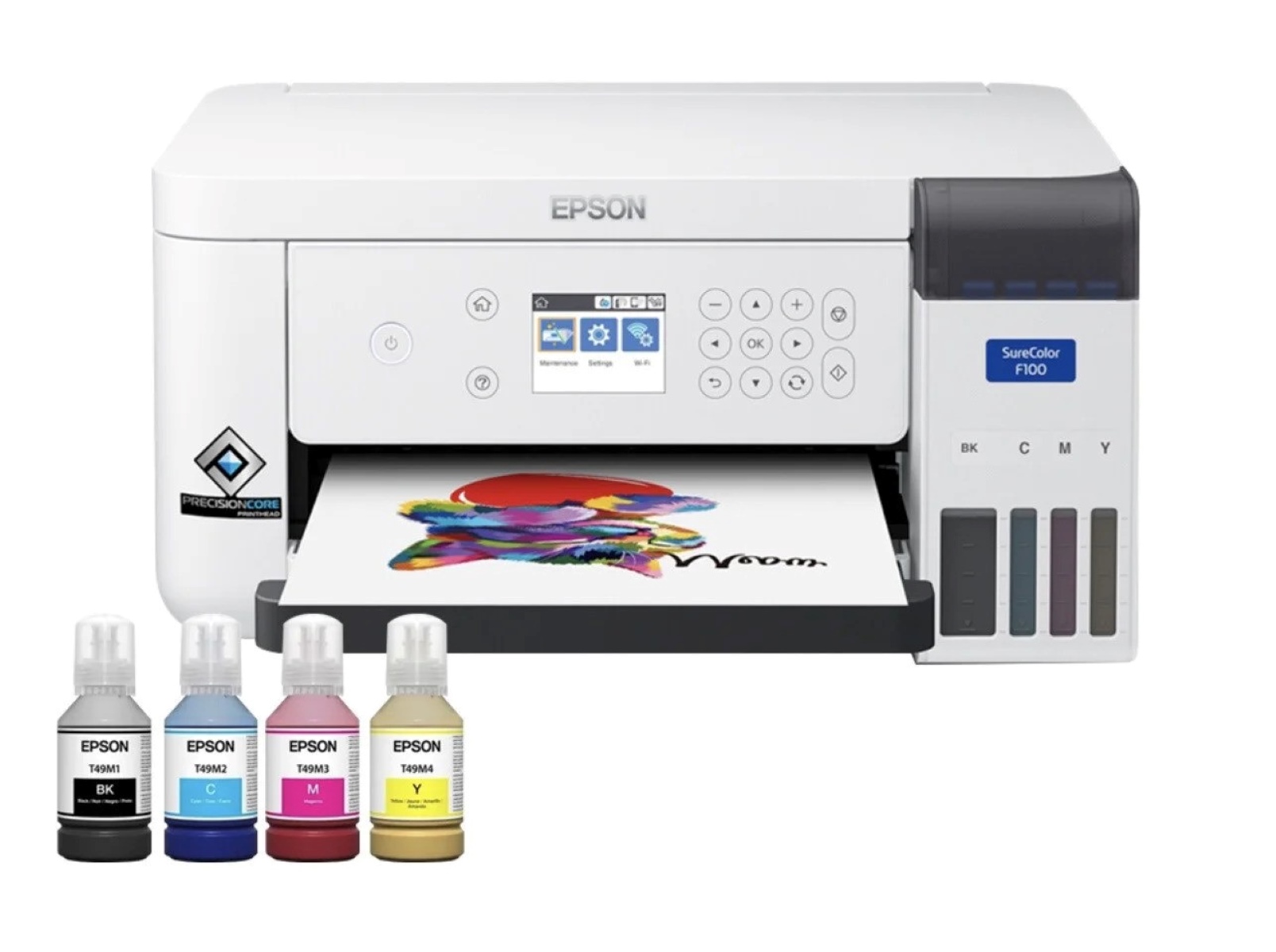

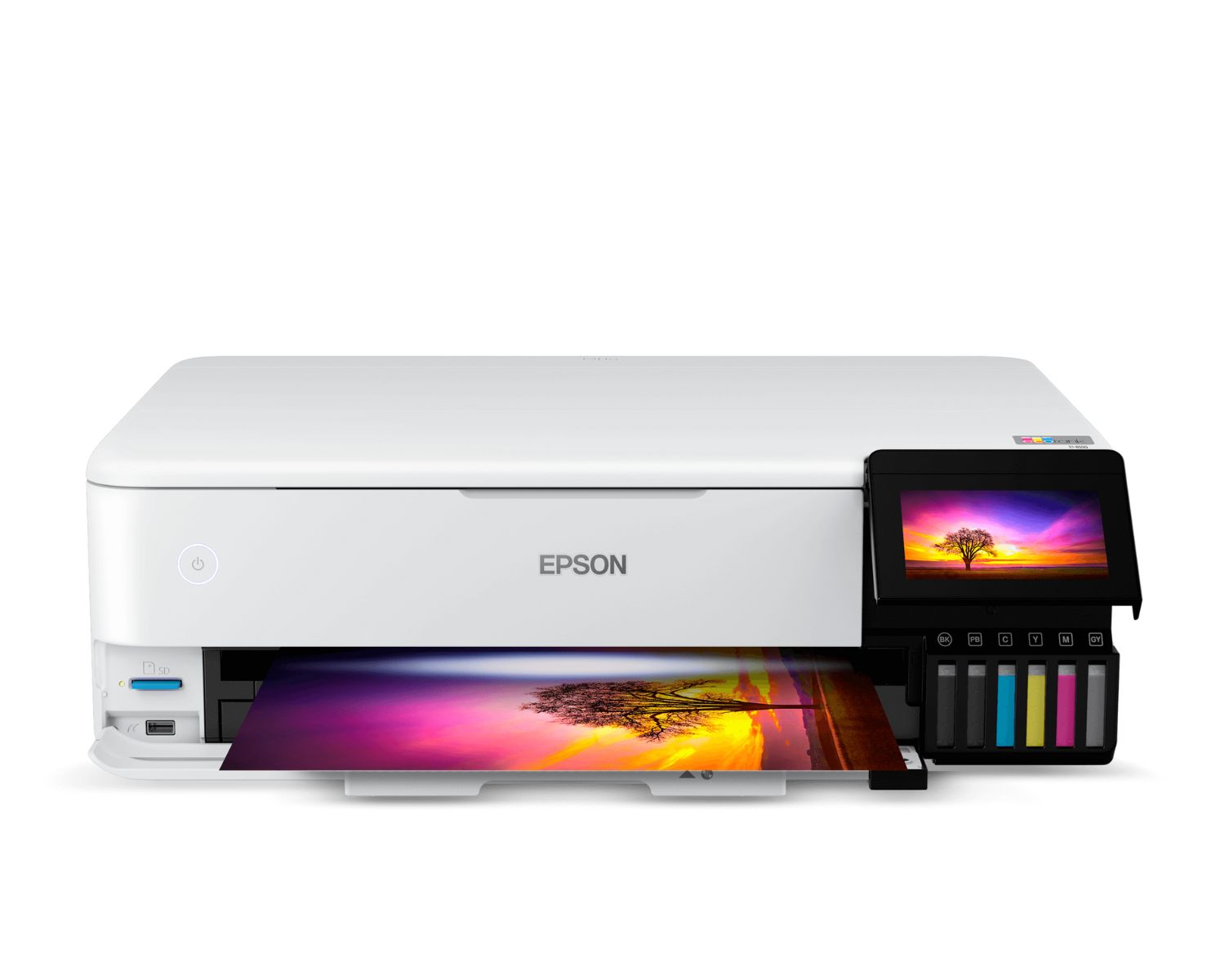

0 thoughts on “What Type Of Printer Is Used For Sublimation”